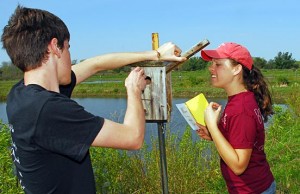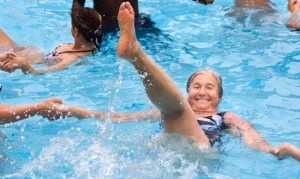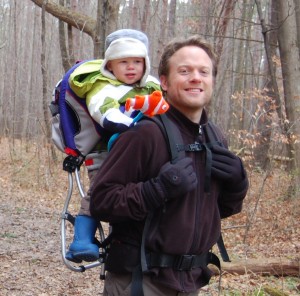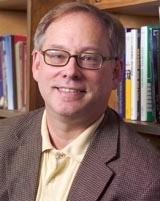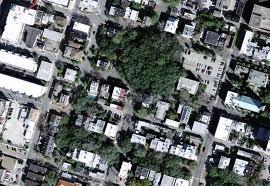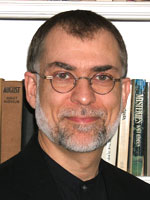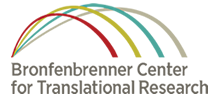
With the holiday season in full swing, most people think about reaching out to friends and family with a holiday card, a plate of cookies, or an invitation to visit.
This year, we may need these connections more than ever. Our social lives are in sharp decline, according to a nationally-representative survey conducted last year by the Survey Center for American Life. According to the survey, Americans say they have fewer close friendships, talk to their friends less often, and rely less on friendships for personal support. [Read more…]

